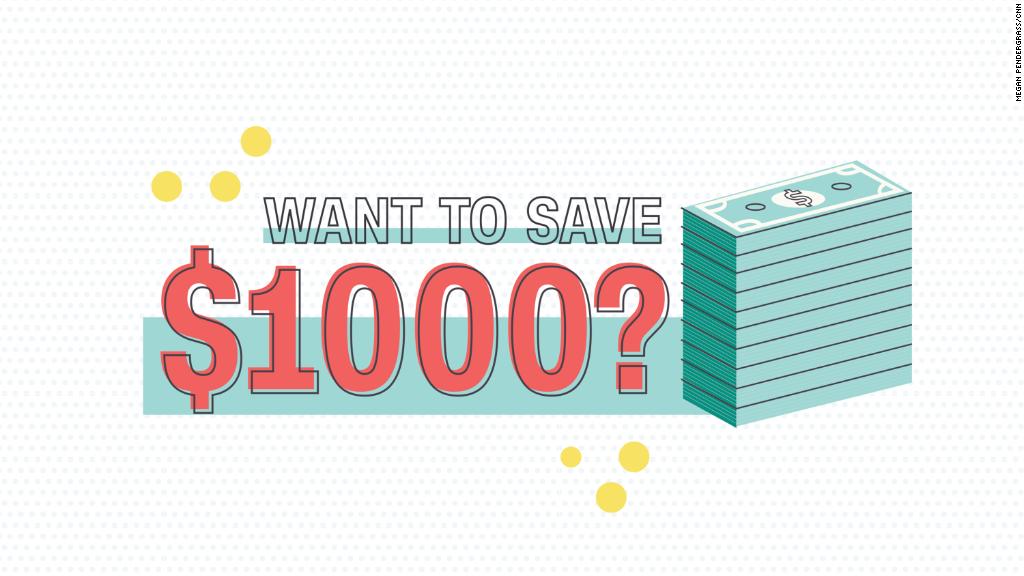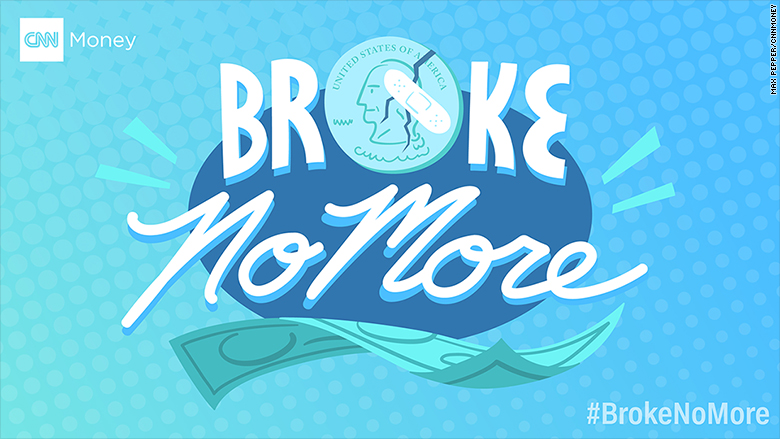
What kind of stocks are the best to start with a little money?--Tomaz
The stock market is red hot: The Dow hit a record 23,000 points in October and it's up 18% so far this year.
So you're not the only one who wants in on the action: More than half of Americans own stock.
As long as you've already got enough emergency savings, investing a little extra cash in the market is a great way to start growing your money.
"No amount is too small to get started," says LJPR Financial Advisors CEO Leon LaBrecque. "Spare change can really add up."
Related: The secret to being a great saver
Starting out when you're young is even more valuable because there's more time for your investments to grow.
So what's the game plan? Should you buy big names? What about exchange traded funds (ETFs)?
CNNMoney spoke with the pros to help you cut through the noise and make smart financial choices as you dive into the market.

Don't put all of your eggs in one basket
Experts agree that if you don't have much money, it's best to avoid investing in individual stocks. That's because having a broad range of investments will substantially lower your risk.
"Diversified mutual funds or exchange traded funds (ETFs) are the best way to grow," says Luxenberg. "Picking one or a handful of stocks is a crapshoot and one could hit a home run but more likely you'll strike out."
Mutual funds, which are operated by professional fund managers, allow you to pool together smaller amounts of money with other investors to create a diversified mix of stocks, bonds or other securities. You'll own a slice of the total pie.
These funds give you a variety of options and maximize your exposure to a swath of the market. The idea is that by spreading out your money, you're less likely to get burned by one or two poor-performing stocks.
Luxenberg recommends a fund that gives you a chunk of the whole market. Vanguard has several mutual fund options, including ones tied to international indexes or emerging markets. Fidelity and Charles Schwab also have a variety of funds to choose from that will track an entire index.
ETFs have become another great way to diversify. Much like mutual funds, they also track entire sectors or major indexes, but they're traded on exchanges just like stocks and usually have lower fees than mutual funds.
An ETF like SPDR (SPY), which tracks the S&P 500's performance, is a popular play. It has grown nearly 25% over the past three years.
You can also invest in an ETF that follows whole industries like tech, aerospace or pharmaceuticals.
Keep your fees low
Financial professionals stress keeping your account fees low, especially If you only have a little bit of money to invest.
"You don't want to incur high commissions or high fees because that really eats into your investment." says Luxenberg.
With the rise of low-fee ETFs, be wary of paying more than 0.4 or 0.5% in fees. Fund managers usually charge a bit more in fees than an account you'll manage yourself. But funds that follow indexes usually charge less than actively managed funds.
Related: 10 best investing apps (and sites)
Save with an app
Plenty of new investing apps will save you money on fees, and allow you to invest with as little as $1.
Robinhood launched in 2015 and offers free trades. All you need is enough money to buy a single share.
Acorns, which charges $1 a month until you hit $5,000 (then you pay a 0.25% fee), links to your debit card and automatically rounds up your change to the next dollar. The app invests that extra change into an investment account.
If you're having trouble deciding which stocks to buy, consider Betterment and Wealthfront. The apps ask you basic questions about your age, income, goals and risk-level, and selects a portfolio that makes sense based on sophisticated computer models.
Betterment offers fees ranging from 0.15% - 0.35% depending on how much money you invest and you only need $1 to start. You'll need $500 to start with Wealthfront, but the app manages your money for no cost up to $10,000.
FeeX can also help you track your fees. The website is free and analyzes your accounts to tell you whether your fees might be too high.
--CNNMoney's Patrick Gillespie contributed to this report
Got a money question for Broke No More? Ask us here to be included in a future column.
